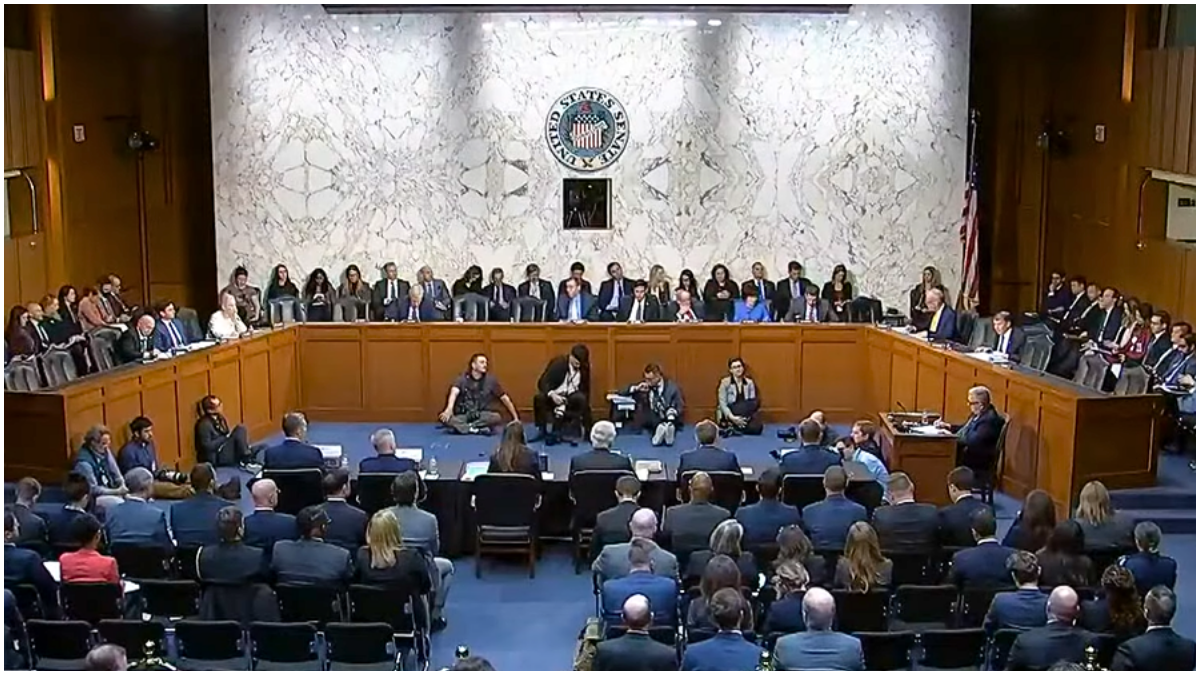The Legislative branch of the United States is in charge, among many duties, of passing laws at the federal level. The US Congress – as it is known – is comprised of the House of Representatives and the Senate.
When the Constitution of the United States was being drafted, there were discussions among the Founding Fathers about what kind of legislature the country should have. Should the US have equal representation? As in, the same number of representatives regardless of a State’s populational dimension? Or, should it reflect a proportional representation, according to the size of each state?
At the end of the day, the best model of a country’s legislature that the Founding Fathers had was Great Britain, and thus, they were “naturally inclined to adopt the English system in so far at least as it would not interfere with the free exercise of popular rights.” (W. A. Peffer, 1898) After weighing their options, the Founding Fathers settled on a bicameral Congress, which incorporates both, an equal as well as a proportionate representation, into the Constitution.
The members of the US Senate

The House of Representatives and the Senate members can not only have different functions but are also elected in distinct manners. The House of Representatives, or the Lower House, is the one with the most members, a total of 435 congressmen and congresswomen, and its eligibility requirements are less strict. As the name implies, the House’s role is to represent the population at large, and each State is mandatorily guaranteed at least one member.
On the other hand, the Senate, or the Upper House, elects only a total of a hundred senators, 2 from each of the 50 States, regardless of the State’s size. Each senator is elected by the people and serves a six year term. It shares the legislative responsibilities with the House. The Vice President of the US acts as the Senate leader, but only makes a vote if a tie occurs, whereas the Senate Majority Leader and the Senate Minority Leader are the ones who actually oversee the day-to-day operations.
As Theodore Francis Green wrote (1950):
“The power of the Senate on matters in which you are most interested, namely, foreign affairs, is somewhat larger than that of the House of Representatives. The representatives of the people at large, sitting in this House, can alone initiate proposals for the expenditure of money. […] After a measure has passed the House, it has got to go to the Senate and then to the President for his signature.”
On the off chance that you’re here because you became aware that Congress was a thing and it wants to ban TikTok, thank you for reading and you’re welcome for the bite-sized historico-political lesson!

